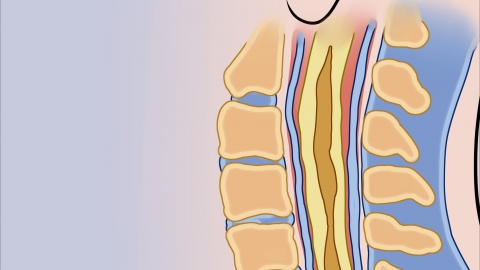How long can a person generally live with spinal cord cancer?
In general, the survival period for spinal cord cancer ranges from about six months to five years, depending on the tumor's pathological grade, timing of intervention, and individual patient response. A detailed analysis is as follows:

Low-grade malignant ependymomas or pilocytic astrocytomas progress slowly; after complete resection combined with radiotherapy, more than half of patients can achieve a five-year survival rate. Moderately malignant anaplastic gliomas tend to locally infiltrate, resulting in an average survival of two to three years with disease. Highly malignant glioblastomas or hematogenous metastatic lesions grow rapidly, and most patients develop systemic failure within 18 months.
When the tumor is located outside the spinal cord and has not invaded major conduction pathways, radical surgery can significantly extend the progression-free period. However, patients who present with complete paralysis at diagnosis often have shortened lifespans due to complications such as pneumonia, urinary tract infections, or pressure ulcers.
Postoperative concurrent chemoradiotherapy is the standard strategy to delay recurrence. Proton beam therapy offers dosimetric advantages for residual tumors adjacent to the spinal cord. For tumors harboring molecular features such as IDH mutation or MGMT promoter methylation, combining targeted agents with temozolomide can further suppress tumor regrowth.
During rehabilitation, patients should consistently perform respiratory training, pressure ulcer prevention care, and progressive strength exercises, while ensuring adequate intake of vitamin D and calcium to reduce the risk of osteoporosis. Regular MRI follow-ups can detect signs of recurrence before symptom worsening, and new-onset pain or declining muscle strength should prompt immediate medical evaluation.









